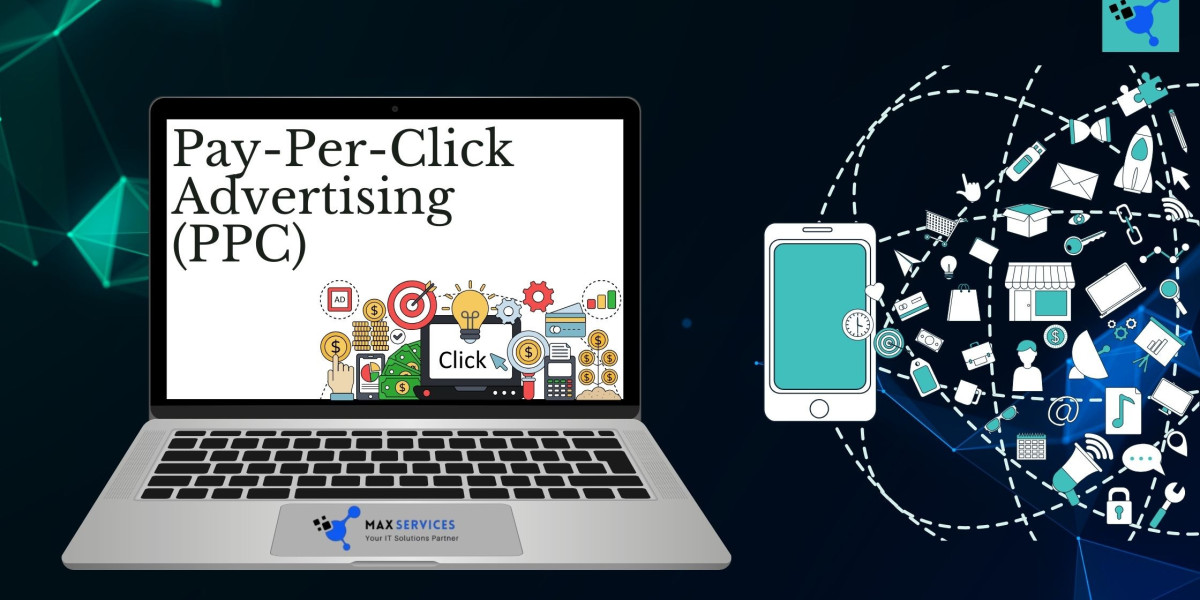Pay-Per-Click (PPC) Advertising is an effective strategy for businesses to drive traffic, generate leads, and boost sales. Unlike traditional advertising, PPC only charges businesses when a user clicks on their ad, ensuring they pay for actual engagement rather than just impressions.
What is Pay-Per-Click Advertising?
PPC is primarily used in search engine advertising, but it also extends to social media platforms, display networks, and other digital channels. PPC ads appear on search engine results pages (SERPs), social media feeds, and websites within ad networks. These ads are marked as "sponsored" or "ad" content to distinguish them from organic results.
Types of PPC Ads
PPC ads come in various forms, including:
Search Ads: Text-based ads on search engine result pages when users search specific keywords.
Display Ads: Visual ads, such as banners, that appear on third-party websites within networks like the Google Display Network.
Shopping Ads: Product-focused ads with images, prices, and store details, commonly seen on Google.
Video Ads: Ads shown before, during, or after videos on platforms like YouTube.
Social Media Ads: Ads on platforms like Facebook, Instagram, and LinkedIn, in formats like carousel, video, or sponsored posts.
The PPC Advertising Process
Running a successful PPC campaign involves several key steps:
Set Campaign Goals: Define whether you want to drive traffic, increase sales, or generate leads. Your goals shape the entire strategy, including ad types, targeting, and success metrics.
Keyword Research: Identify the right keywords to ensure your ads target the right audience. Use tools like Google Keyword Planner or SEMrush. Consider factors like competition and cost-per-click (CPC) when selecting keywords.
Create Compelling Ads: Craft ads that are clear, concise, and relevant to user intent. Use keywords in the headlines and include strong calls to action (e.g., "Shop Now").
Design Landing Pages: Ensure that the landing page aligns with the ad’s message and promotes conversion, whether it's completing a purchase or filling out a form.
Manage Bids and Budget: PPC uses a bidding system, where advertisers bid for keywords. Your bid is crucial, but the Quality Score (which evaluates ad relevance) also impacts which ads are shown. Adjust your budget to maximize return on investment (ROI).
Monitor and Optimize: Continuously track performance metrics like conversion rates and Quality Scores. Regularly optimize your keywords, ad copy, and targeting to improve results.
Benefits of PPC Advertising
Immediate Results: Unlike SEO, which takes time, PPC drives instant traffic once your ads are live.
Precise Targeting: Target users based on keywords, geography, demographics, and interests, increasing the likelihood of reaching potential customers.
Budget Control: Adjust bids and pause campaigns as needed, making it easy to allocate funds to high-performing ads.
Detailed Analytics: Platforms like Google Ads offer in-depth performance tracking, helping you monitor clicks, conversions, and keyword effectiveness.
Challenges of PPC Advertising
High Competition: Popular keywords can be expensive, making it harder for smaller businesses to compete with larger companies.
Learning Curve: Successfully managing PPC requires understanding bidding, optimization, and performance metrics, which can be overwhelming for beginners.
Click Fraud: Malicious clicks from competitors or bots can waste your ad spend. Google Ads and others offer measures to combat this, but it remains a risk.
Ongoing Optimization: Continuous monitoring and adjustments are necessary to maintain performance and ROI.
Conclusion
PPC is a powerful tool for businesses, offering the ability to precisely target audiences, control budgets, and measure campaign success. By understanding key strategies such as goal setting, keyword research, ad creation, and optimization, businesses can maximize their PPC results and achieve significant ROI.








